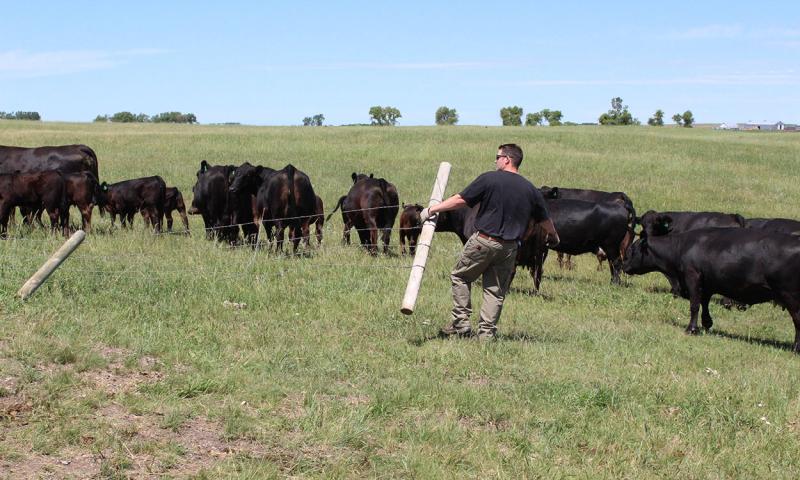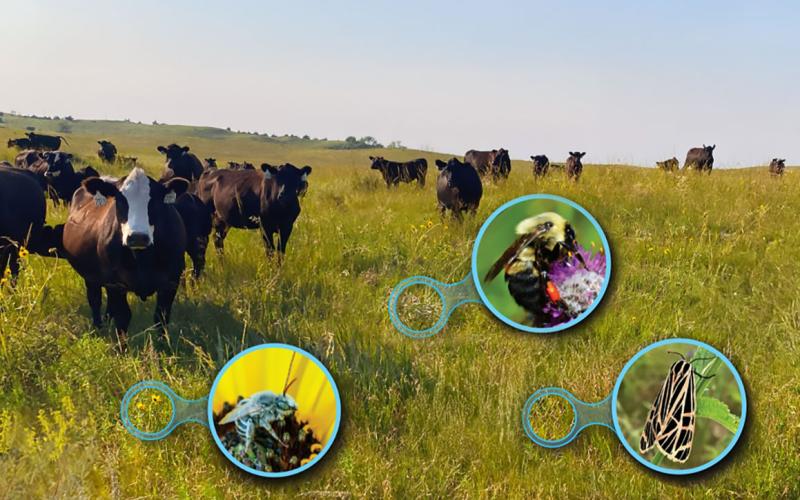
For those who own grasslands not typically grazed, or for those looking for a better contract basis, there are several grazing contract options that can be explored.
Typically, grazing contracts are based on an annual cash per-acre rental system, where the livestock lessee pays the landowner a pre-determined per-acre price for access to the pasture for the grazing season. There are many variations of this model, and often per-acre prices are adjusted up or down depending on either the lessee’s or the landowner’s responsibilities toward pasture maintenance (fence, water, weeds) and livestock handling (rotation, health issues, supplemental feeding). Cash per-acre rental agreements can fluctuate dramatically based on other agricultural markets, such as crop and livestock value.
Generally, it is up to the lessee to stock the pasture with whatever livestock density he or she determines appropriate. Often, the carrying capacity of the pasture is greatly over-estimated and can lead to negative impacts to pasture health. This situation is the result of the lessee over-estimating carrying capacity to ensure a return on investment.
A lesser-utilized system is one that accounts for the amount of grass harvested by the livestock, known as the Animal Unit Month (AUM) system. An AUM is equivalent to the amount of dry matter forage that a 1,000-pound cow would consume in 30 days. For example, if a 1,000-pound cow eats 2.6% of her body weight in dry matter forage in one day (26 pounds), she would then consume 780 pounds in a month. In the AUM system, the lessee pays the landowner for the AUMs that will be stocked during the duration of the grazing period. The system is designed to account for the total impact that livestock will have on the grass resource, and it is meant to help managers avoid over-stocking the range by allowing for a system of pre-estimating both production and consumption and valuing them accordingly.
Growing in popularity is the per-head, per-day method, where a lessee pays a landowner a certain daily rental rate based on the number and size of cattle on the pasture. For example, if a 1,000-pound cow is one animal unit costing $2/day, a 1,500-pound cow will cost the lessee $3/day, normalizing the fee at $1 per every 500 pounds. This system is basically the same as the AUM system, but most producers find it easier to understand. Because it is based on a daily rate, adjustments to the herd can quickly be re-calculated based on any given day.
The Healthy Grasslands article series is provided by the South Dakota Grassland Coalition in partnership with SDSU Extension. Contributing editors: Alexander J. Smart, Peter J. Bauman and Joshua Lefers. © South Dakota Grassland Coalition 2017. For more information, view the full publication or visit the South Dakota Grassland Coalition website.


